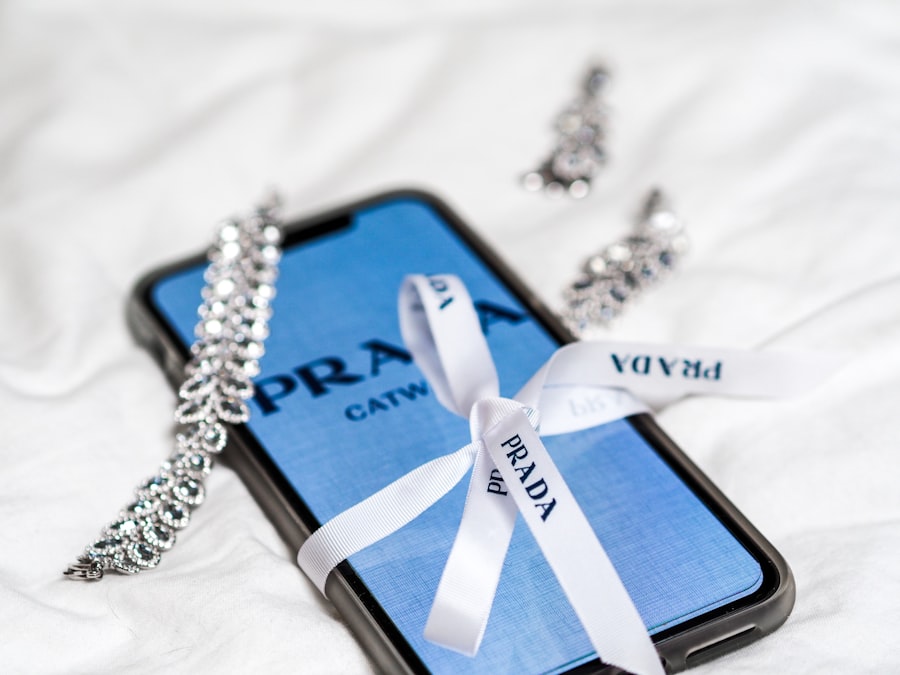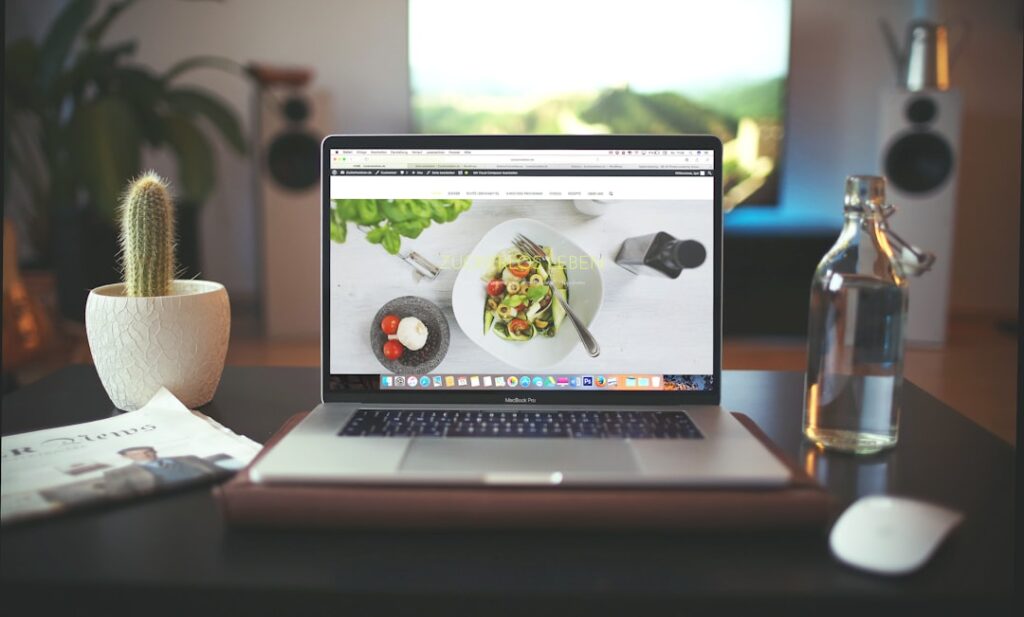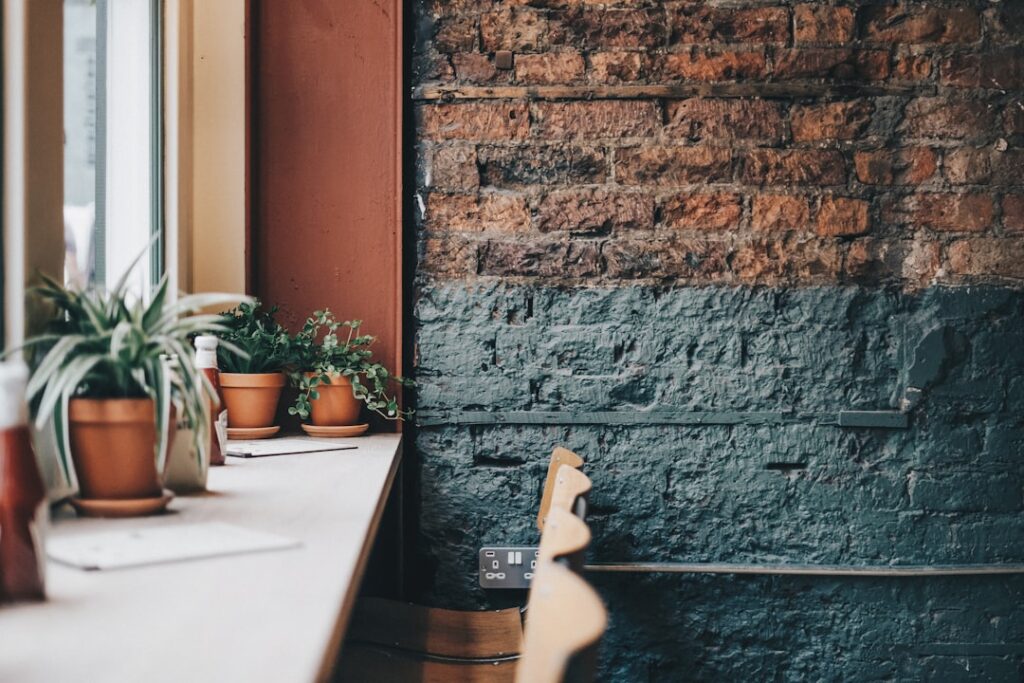Dubai’s interior design landscape is a rich tapestry woven from the threads of its diverse cultural heritage and traditions. The city is a melting pot of influences, where East meets West, and this is vividly reflected in its interior spaces. Traditional Emirati design elements, such as intricate geometric patterns, vibrant textiles, and ornate calligraphy, often find their way into modern interiors, creating a unique blend that honors the past while embracing contemporary aesthetics.
For instance, the use of mashrabiya—wooden latticework screens—serves both functional and decorative purposes, allowing for privacy while also providing ventilation. This traditional element is frequently incorporated into modern designs, showcasing how cultural heritage can coexist with modernity. Moreover, the influence of Bedouin culture is evident in the use of earthy tones and natural materials that evoke a sense of warmth and hospitality.
Traditional seating arrangements, such as majlis, are often integrated into contemporary homes and commercial spaces, promoting social interaction and community bonding. The rich history of trade in Dubai has also introduced a variety of global design influences, leading to an eclectic mix that characterizes many interiors today. This cultural fusion not only enhances the aesthetic appeal but also tells a story of Dubai’s evolution as a global city, where tradition and modernity harmoniously coexist.
Key Takeaways
- Culture and tradition play a significant role in shaping interior design in Dubai, with a focus on incorporating local elements and heritage into modern spaces.
- Modern and contemporary interior design trends in Dubai are characterized by sleek lines, minimalist aesthetics, and a focus on luxury and comfort.
- Luxury and opulence are key elements in Dubai’s interior design, with a strong emphasis on high-end materials, lavish furnishings, and extravagant decor.
- Innovative technology is widely used in interior design in Dubai, with a focus on smart home systems, energy-efficient solutions, and cutting-edge design elements.
- Sustainability and eco-friendly design are becoming increasingly important in Dubai’s interiors, with a focus on using sustainable materials, energy-efficient systems, and green design practices.
Modern and Contemporary Interior Design Trends in Dubai
Open Floor Plans for Seamless Transitions
One prominent trend is the use of open floor plans that promote spaciousness and fluidity within living spaces. This design approach allows for seamless transitions between different areas of a home or commercial space, fostering a sense of connectivity.
Natural Light and Bold Colors
Large windows and glass walls are commonly employed to maximize natural light, creating bright and airy environments that resonate with the region’s sunny climate. Another significant trend is the incorporation of bold colors and statement pieces that serve as focal points within a room. Designers in Dubai are increasingly experimenting with vibrant hues, such as deep blues, rich reds, and striking golds, which are often inspired by the surrounding desert landscape and the opulence associated with the city.
Mixed Materials for Depth and Texture
Additionally, the use of mixed materials—combining metals, woods, and textiles—adds depth and texture to interiors. This trend not only enhances visual interest but also reflects the diverse cultural influences that shape Dubai’s design ethos.
The Role of Luxury and Opulence in Dubai’s Interior Design

Luxury and opulence are intrinsic to Dubai’s identity, and this is palpably reflected in its interior design. The city is renowned for its extravagant lifestyle, which is mirrored in the lavish interiors of its hotels, residences, and commercial spaces. High-end materials such as marble, crystal chandeliers, and gold accents are frequently utilized to create an atmosphere of grandeur.
For instance, the Burj Al Arab hotel exemplifies this opulence with its lavish interiors adorned with 24-karat gold leaf and luxurious fabrics, setting a benchmark for luxury design in the region. Moreover, bespoke furniture pieces crafted by renowned designers are often commissioned to elevate the aesthetic appeal of spaces. Customization is a key aspect of luxury interior design in Dubai, where clients seek unique solutions that reflect their personal tastes and lifestyles.
This emphasis on individuality extends to the integration of art pieces and sculptures that serve as conversation starters while enhancing the overall ambiance. The result is an interior landscape that not only showcases wealth but also embodies a sense of exclusivity and sophistication.
The Use of Innovative Technology in Interior Design in Dubai
Dubai is at the forefront of technological innovation, and this extends to its interior design practices. The integration of smart home technology has revolutionized how spaces are designed and experienced. Home automation systems allow residents to control lighting, temperature, security, and entertainment systems through their smartphones or voice commands.
This level of convenience not only enhances comfort but also promotes energy efficiency—a crucial consideration in a city known for its extreme temperatures. Additionally, augmented reality (AR) and virtual reality (VR) technologies are increasingly being utilized in the design process. Designers can create immersive experiences that allow clients to visualize their spaces before any physical work begins.
This technology enables more informed decision-making regarding layout, color schemes, and furnishings. Furthermore, 3D printing is making waves in the industry by allowing for rapid prototyping of furniture and decor items, enabling designers to experiment with forms and materials in ways that were previously unimaginable.
Sustainability and Eco-Friendly Design in Dubai’s Interiors
As global awareness of environmental issues grows, sustainability has become a pivotal consideration in interior design across Dubai. Designers are increasingly prioritizing eco-friendly materials and practices that minimize environmental impact while still delivering aesthetic appeal. The use of sustainable materials such as reclaimed wood, bamboo, and recycled metals is gaining traction as clients seek to reduce their carbon footprint without compromising on style.
Moreover, energy-efficient lighting solutions, such as LED fixtures, are being integrated into designs to promote sustainability while enhancing the overall ambiance of spaces. Designers are also exploring biophilic design principles that incorporate natural elements into interiors—such as indoor gardens or living walls—to improve air quality and create a calming atmosphere. This trend not only aligns with global sustainability goals but also resonates with residents’ desire for a connection to nature amidst the urban landscape.
The Influence of Islamic Architecture on Interior Design in Dubai

Incorporating Traditional Elements
Characterized by intricate geometric patterns, arabesques, and calligraphic inscriptions, Islamic design elements are often incorporated into modern interiors to create a sense of continuity with the past. For example, decorative tiles featuring traditional motifs can be found adorning walls or floors in both residential and commercial spaces.
Prioritizing Privacy
The concept of privacy is also deeply rooted in Islamic architecture, leading to design choices that prioritize secluded areas within larger spaces. This can be seen in the layout of homes where private family areas are separated from public spaces. Additionally, courtyards are often integrated into designs to provide outdoor living areas that offer respite from the heat while maintaining privacy—a practice that harkens back to traditional Emirati homes.
A Blend of Tradition and Modernity
The result is an interior environment that honors cultural heritage while catering to contemporary lifestyles.
The Rise of Minimalist and Functional Interior Design in Dubai
In contrast to the opulence often associated with Dubai’s interiors, there has been a notable rise in minimalist design principles that emphasize simplicity and functionality. This trend reflects a growing appreciation for clean lines, uncluttered spaces, and a focus on essential elements within interior environments. Minimalist designs often utilize neutral color palettes—whites, grays, and earth tones—that create a serene backdrop for carefully curated furnishings.
Functionality plays a crucial role in this design approach; furniture pieces are often multi-functional to maximize space efficiency—a necessity in urban living environments where square footage can be limited. For instance, modular furniture that can be easily reconfigured or hidden away when not in use is becoming increasingly popular among residents seeking practical solutions without sacrificing style. This shift towards minimalism not only caters to aesthetic preferences but also aligns with a broader cultural movement towards mindfulness and intentional living.
The Integration of Art and Design in Dubai’s Interior Spaces
Art plays an integral role in shaping the identity of interior spaces in Dubai, where creativity is celebrated across various forms. Designers often collaborate with local artists to incorporate unique artworks into their projects, transforming interiors into dynamic galleries that reflect the vibrancy of the city’s cultural scene. Murals, sculptures, and installations can be found adorning walls or serving as focal points within rooms, adding depth and character to otherwise neutral spaces.
Furthermore, art fairs such as Art Dubai have fostered a thriving art community that encourages experimentation and innovation among artists and designers alike. This synergy between art and design not only enhances aesthetic appeal but also creates opportunities for storytelling within spaces—each piece contributing to a narrative that resonates with residents and visitors alike. As Dubai continues to evolve as a cultural hub, the integration of art into interior design will undoubtedly remain a defining characteristic of its architectural landscape.
If you are interested in learning more about interior designs in Dubai, you may want to check out this article on the benefits of height adjustable desks here. This article discusses how incorporating height adjustable desks into your office space can improve productivity and overall well-being. It is just one of the many innovative design solutions offered by interior design experts in Dubai, as highlighted in this article on office interior design here. To ensure the highest quality of service and privacy, it is important to review the privacy policy of any interior design company you choose to work with, such as the one provided by this website here.
FAQs
What are the popular interior design styles in Dubai?
Some popular interior design styles in Dubai include modern, contemporary, traditional Arabic, and luxury designs. These styles often incorporate elements of opulence, elegance, and functionality.
What are the key elements of interior design in Dubai?
Key elements of interior design in Dubai include luxurious materials such as marble, gold, and crystal, as well as intricate detailing, ornate furnishings, and a focus on creating a sense of grandeur and opulence.
What are the common color schemes used in interior design in Dubai?
Common color schemes used in interior design in Dubai include rich, warm tones such as gold, burgundy, and deep blues, as well as neutral colors like beige and cream. These colors are often used to create a sense of luxury and sophistication.
What are some popular interior design trends in Dubai?
Some popular interior design trends in Dubai include incorporating sustainable and eco-friendly materials, integrating smart home technology, and creating open, airy spaces that maximize natural light. Additionally, there is a growing trend towards blending traditional Arabic design elements with modern aesthetics.
What are some key considerations for interior design in Dubai?
Key considerations for interior design in Dubai include understanding and respecting local cultural and religious traditions, as well as adhering to building regulations and codes. It is also important to consider the extreme climate and incorporate elements that provide comfort and functionality in hot weather.


